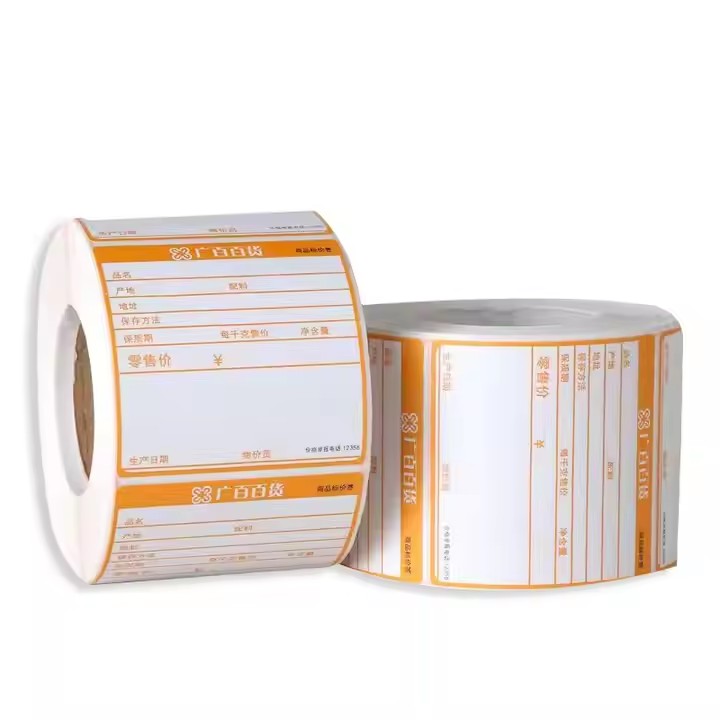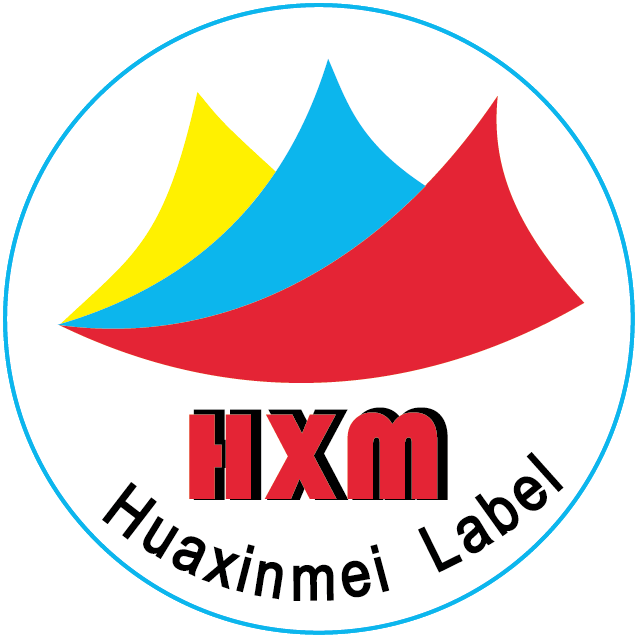- Core Characteristics and Material Requirements of High-End Paper Packaging
High-end paper packaging serves as an external extension of a product’s value. It not only fulfills the basic function of protecting the product but also carries the important mission of conveying brand culture and enhancing the product’s added value. Its core characteristics lie in its excellent texture, visual appeal, strong processability, and environmental friendliness. Based on these features, the material requirements for packaging are diversified: materials must have good physical strength to ensure safety during transportation, a delicate touch and unique texture to enhance the user’s sensory experience, and compatibility with various printing and surface treatment techniques to realize designers’ creative ideas. Additionally, with the growing popularity of eco-friendly concepts, biodegradable and renewable green materials have become an important development trend in high-end paper packaging.
High-end paper packaging is extremely important because the texture of premium paper feels different, offering a better tactile sensation and elevating the product’s intrinsic value. Furthermore, high-end packaging can increase the product’s premium: even if the product itself isn’t very valuable, expensive external packaging can raise the perceived value of the product. - Main Types and Characteristics of High-End Paper Packaging Materials
(1) Natural Wood Pulp Paper Series
Coated Paper

Coated paper is one of the commonly used papers in high-end packaging. It is made from high-quality wood pulp through multiple complex processing steps. Its surface is smooth and flat, with very high gloss and whiteness ranging from 85% to 95%. These qualities make it very suitable for color printing, accurately reproducing patterns’ colors and details, presenting delicate and lifelike visual effects. For example, in cosmetic or premium tobacco and alcohol packaging, coated paper is often used to make exquisite outer boxes, printing brand logos and product images to create a luxurious and high-end brand image. Coated paper is considered relatively high-end and is generally used for packaging boxes that feel sturdy and give a crisp, clean, and premium impression.
The grammage of coated paper usually ranges from 80 to 400 g/m². Different weights suit different packaging scenarios: lighter coated paper is thin and suitable for inner linings or small packaging; heavier coated paper has strong stiffness and hardness, suitable for large gift box shells to enhance support and durability. However, coated paper also has limitations—its hygroscopicity is relatively strong, and it is prone to deformation and mold in humid environments. Therefore, it needs to be stored and used in dry conditions to avoid moisture damage.
Cardboard (Cover Paper)
Cardboard is a thick and stiff paper, generally over 200 g/m², and can go up to 600 g/m². It has good fold resistance and compression strength, capable of bearing substantial weight and pressure, making it ideal for high-end gift boxes, drawer boxes, and other packaging formats. There are many types of cardboard, including white cardboard, gray-backed white cardboard, and black cardboard.
White cardboard has white surfaces on both front and back, smooth with moderate gloss, suitable for full-surface printing and special processes such as hot stamping with gold or silver foil. In food packaging—like premium chocolate or cake gift boxes—white cardboard is often used for the box body, presenting product delicacy and high quality through exquisite printing and decoration. Gray-backed white cardboard has a white front and gray back; it is relatively inexpensive and cost-effective, suitable for packaging where the back appearance is not important, such as some electronic product boxes. Black cardboard offers a unique black appearance, giving a mysterious and noble feeling, often used for high-end gifts and jewelry packaging. Combined with gold stamping, it creates strong visual contrast, enhancing the packaging’s grade.
(2) Specialty Paper Series
Art Paper
Art paper is a type of paper with unique textures, feel, and colors. It is produced through special manufacturing processes such as adding fibers or changing the papermaking method, giving the paper rich expressive power. There are many types of art paper, such as patterned paper, textured paper, and pearlescent paper. Patterned paper features various surface patterns like stripes, grids, or floral designs, adding artistic flair to packaging design. Textured paper has a raised or uneven feel—such as cloth texture, bark texture, or stone texture—enhancing packaging’s layering and uniqueness through tactile experience. Pearlescent paper contains pearl pigments that give the surface a pearly luster, producing brilliant effects under light, suitable for packaging high-end cosmetics, perfumes, and similar products.
Art paper’s grammage generally ranges from 80 to 300 g/m². Due to its unique appearance and texture, art paper is often used in high-end packaging to highlight brand personality and cultural connotations. For example, cultural and creative products or premium book packaging might use art paper with traditional patterns to reflect cultural heritage and unique aesthetic value. However, art paper has relatively poor printing adaptability and may experience ink bleed or dot gain during printing, requiring special process adjustments in design and production.

Cotton Paper
Cotton paper is made primarily from cotton fibers. It is soft, durable, and breathable, with a slightly rough surface texture that conveys a natural and rustic feel, giving a warm and intimate impression. Cotton paper comes in various colors beyond common white, including beige and light brown natural tones, suitable for creating retro, natural, and eco-friendly packaging styles.


